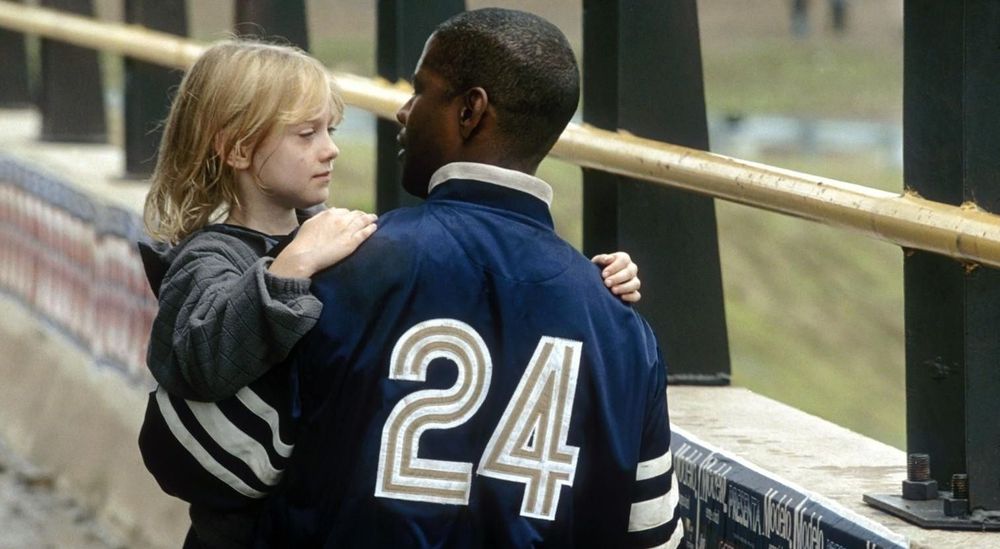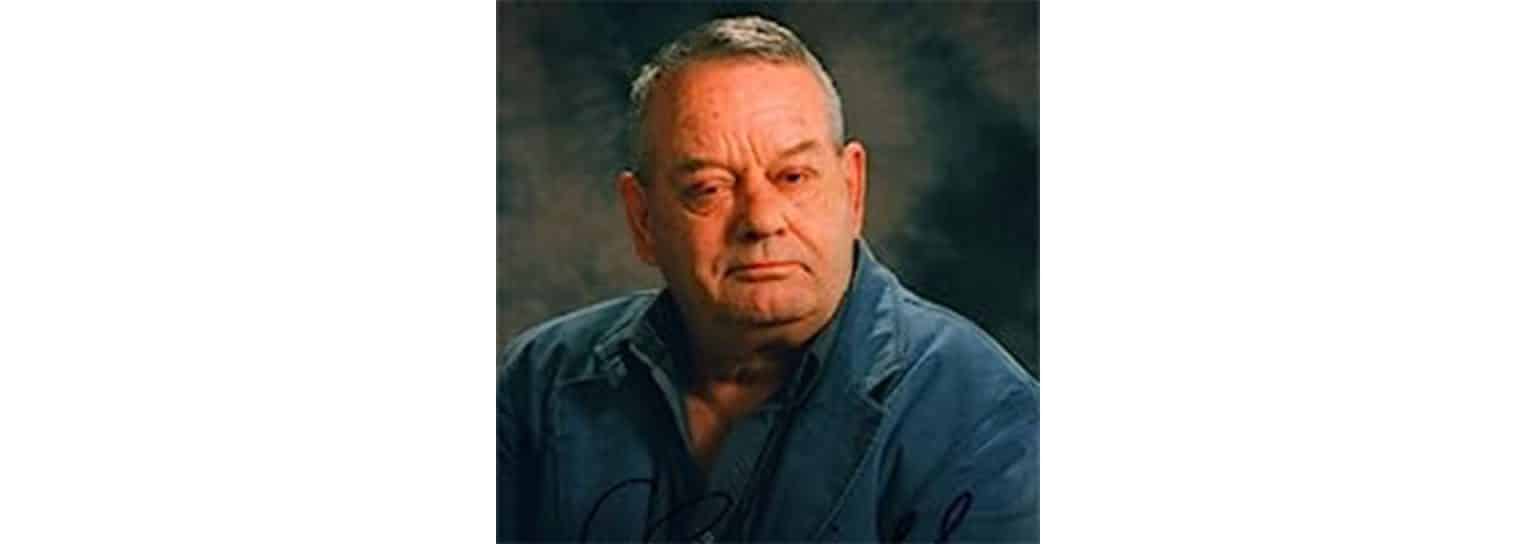Man on Fire is a gripping tale that has captivated audiences worldwide, but is it based on real events? If you're here wondering whether this adrenaline-fueled movie is rooted in reality, you're in the right place. This story isn't just about action sequences and explosive stunts; it dives deep into themes of redemption, loss, and the lengths we go to protect those we love. Let's dig into whether this blockbuster film is truly inspired by real-life events or if it's purely a work of fiction.
When you first watch Man on Fire, the intensity of the plot might leave you questioning its origins. Is it just another Hollywood creation or does it carry the weight of real-life drama? Well, buckle up because we're about to take you on a journey through the facts and fiction behind this iconic movie. Whether you're a die-hard fan or simply curious, this article will shed light on what makes Man on Fire tick.
So, here's the deal: Man on Fire has all the elements of a thrilling ride—firefights, emotional depth, and a protagonist you can't help but root for. But does it mirror real-life events? Spoiler alert: it's not entirely fiction. Stick around as we break it down for you, piece by piece. Let's get started!
Read also:44 Golf The Ultimate Guide To Mastering The Game
Daftar Isi
- The Origin of Man on Fire
- Is Man on Fire Based on a True Story?
- Man on Fire: Book vs. Movie
- The Real-Life Inspiration Behind the Protagonist
- Key Themes Explored in Man on Fire
- The Film's Impact on Pop Culture
- Behind the Scenes: The Making of Man on Fire
- Meet the Cast of Man on Fire
- Critical and Audience Reception
- Conclusion: Is Man on Fire a True Story?
The Origin of Man on Fire
Man on Fire didn’t just pop out of thin air, ya know? It’s actually based on a novel written by A.J. Quinnell back in 1980. The book already had a cult following before it hit the big screen, and it’s clear why. The story revolves around a burned-out ex-agent turned bodyguard who finds purpose in protecting a little girl. But here’s the kicker—it wasn’t the first time the story made it to the silver screen. There was an earlier adaptation in 1987, though it didn’t have the same level of star power or global reach as the Denzel Washington version.
This origin story matters because it sets the tone for what we see in the movie. The novel laid the groundwork for a complex protagonist dealing with trauma and guilt, themes that resonate deeply with audiences. So, while the movie might feel larger than life, it’s built on a foundation of literary depth that gives it authenticity.
Is Man on Fire Based on a True Story?
Alright, let’s cut to the chase. Is Man on Fire a true story? Well, not exactly. The movie is a blend of fiction and real-life inspiration. While the core narrative isn’t pulled straight from the headlines, it’s heavily influenced by real-world scenarios. The idea of a bodyguard risking everything to protect a child isn’t far-fetched. In fact, there have been numerous cases of bodyguards going above and beyond the call of duty to safeguard their charges.
What makes the story feel so real is its grounding in the harsh realities of crime, corruption, and the dark underbelly of society. The film draws inspiration from real-life kidnapping rings and the dangerous world of private security. So, while the specific events in the movie might not have happened, the elements that drive the plot are rooted in truth.
Real-Life Kidnapping Cases
Here’s a quick rundown of some real-life kidnapping cases that might have inspired elements of Man on Fire:
- The Lindbergh Baby Kidnapping: One of the most infamous kidnappings in history, this case involved the abduction of Charles Lindbergh Jr. in 1932. The media frenzy and high-stakes investigation bear similarities to the tension in the movie.
- The Pablo Escobar Era: The drug cartel landscape depicted in the film is reminiscent of the real-life reign of Pablo Escobar in Colombia. The brutality and power dynamics shown in the movie are eerily similar to historical accounts.
Man on Fire: Book vs. Movie
Comparing the book to the movie is like comparing apples to oranges. While both share the same core story, they differ significantly in tone and execution. The novel is more introspective, focusing heavily on the psychological journey of the protagonist. The movie, on the other hand, leans into the action-packed, high-octane thriller genre that audiences crave.
Read also:How To Draw A Pie A Stepbystep Guide Thatrsquos Easy As Pie
One of the biggest differences is the portrayal of the protagonist, John Creasy. In the book, he’s a more nuanced character with layers of complexity that aren’t fully explored in the film. The movie, however, gives us Denzel Washington’s iconic performance, which adds a level of gravitas and charm that makes Creasy more relatable to a wider audience.
Key Differences Between the Book and Movie
Here are some key differences:
- Creasy’s Backstory: The book delves deeper into his past, giving readers a clearer picture of what drove him to become a bodyguard.
- The Ending: Spoiler alert! The movie takes a more dramatic approach to the ending, while the book offers a slightly more subdued conclusion.
The Real-Life Inspiration Behind the Protagonist
John Creasy, the central figure in Man on Fire, isn’t just a fictional creation. His character is inspired by real-life bodyguards and operatives who’ve walked the fine line between duty and danger. While there isn’t a single individual who directly inspired Creasy, his traits are a composite of many real-life figures.
For instance, the dedication and protective instincts shown by Creasy are reminiscent of bodyguards like Gavin de Becker, a renowned security expert who has written extensively about the psychology of protection. The emotional depth and redemption arc of Creasy also echo the stories of war veterans and former agents who’ve struggled with trauma and found new purpose in protecting others.
Table: Real-Life Inspirations Behind John Creasy
| Real-Life Figure | Connection to Creasy |
|---|---|
| Gavin de Becker | Expertise in personal security and threat assessment. |
| Former CIA Operatives | Experiences in high-stakes situations and combat training. |
| War Veterans | Struggles with PTSD and finding redemption through service. |
Key Themes Explored in Man on Fire
Man on Fire isn’t just about action sequences and explosions. It’s a deep dive into some universal themes that resonate with audiences on a personal level. Redemption, loss, and the power of human connection are at the heart of the story. These themes are what make the movie so compelling and emotionally charged.
Take redemption, for example. John Creasy is a man haunted by his past, seeking a way to make amends for his mistakes. His journey from a broken, cynical ex-agent to a protector willing to sacrifice everything is a testament to the transformative power of love and purpose.
Subthemes in Man on Fire
Here are some subthemes that add depth to the story:
- Parental Love: The bond between Creasy and Pita is a powerful representation of the love a parent feels for their child.
- Justice vs. Revenge: The line between seeking justice and exacting revenge is blurred throughout the movie, raising moral questions for the audience.
The Film's Impact on Pop Culture
Man on Fire left an indelible mark on pop culture. Denzel Washington’s portrayal of John Creasy became iconic, with lines like “You mess with one, you mess with all” becoming part of the cultural lexicon. The movie’s success also sparked a renewed interest in the bodyguard genre, leading to a wave of similar films.
Its influence extends beyond just entertainment. The film’s portrayal of the dangers faced by bodyguards and the lengths they go to protect their charges shed light on a profession that often goes unnoticed. It brought attention to the real-life challenges faced by those in the security industry.
Behind the Scenes: The Making of Man on Fire
The production of Man on Fire was no walk in the park. Filming took place in various locations, including Mexico City and Los Angeles, to capture the gritty realism of the story. Director Tony Scott, known for his fast-paced, visually stunning films, brought his unique style to the project, creating a movie that was both intense and visually captivating.
The chemistry between Denzel Washington and Dakota Fanning, who played Pita, was crucial to the film’s success. Their on-screen bond felt genuine, thanks in large part to their off-screen rapport. The production team worked tirelessly to ensure every scene, from the explosive action sequences to the heartfelt moments, felt authentic and impactful.
Meet the Cast of Man on Fire
The cast of Man on Fire is a who’s who of Hollywood talent. Denzel Washington leads the charge as John Creasy, bringing his signature charisma and intensity to the role. Dakota Fanning, in one of her earliest roles, delivers a heartwarming performance as Pita, the little girl whose life changes everything for Creasy.
Supporting cast members like Christopher Walken, Radha Mitchell, and Marc Anthony add depth and complexity to the story. Their performances elevate the movie, making it more than just another action flick.
Critical and Audience Reception
Man on Fire received mostly positive reviews from both critics and audiences. Critics praised Denzel Washington’s performance and Tony Scott’s direction, calling it a powerful and emotional film. Audiences, too, were captivated by the story, making it a box office success.
However, not everyone was a fan. Some critics felt the movie’s violence was excessive, while others questioned the plausibility of certain plot points. Despite this, the film’s emotional core and strong performances won over the majority of viewers.
Conclusion: Is Man on Fire a True Story?
In conclusion, Man on Fire is not entirely a true story, but it’s deeply rooted in reality. The film blends fiction with real-life inspiration to create a gripping narrative that resonates with audiences worldwide. From its exploration of complex themes to its iconic performances, it’s a movie that stays with you long after the credits roll.
So, what do you think? Does knowing the truth behind the story change your perception of the movie? Let us know in the comments below! And if you enjoyed this article, don’t forget to share it with your friends. Who knows? You might just spark a conversation about the blurred lines between fiction and reality in cinema.



